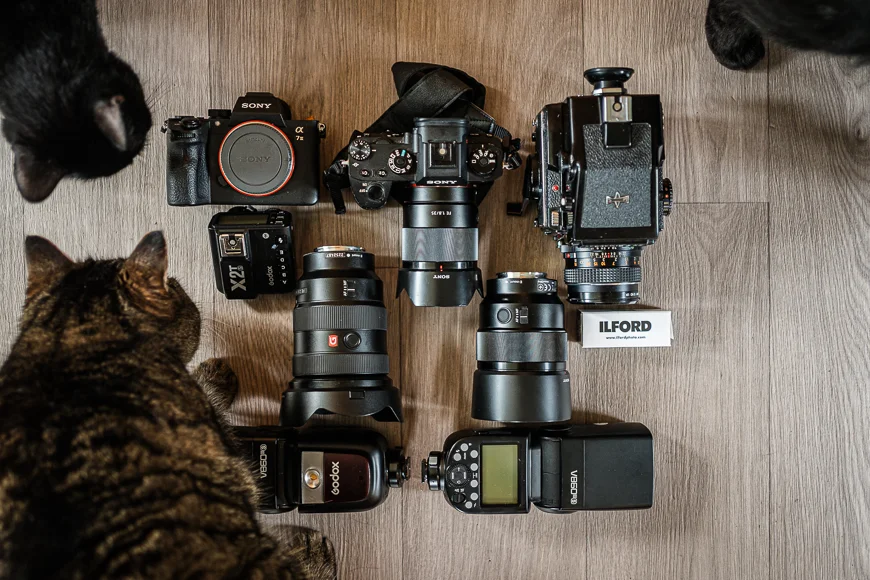
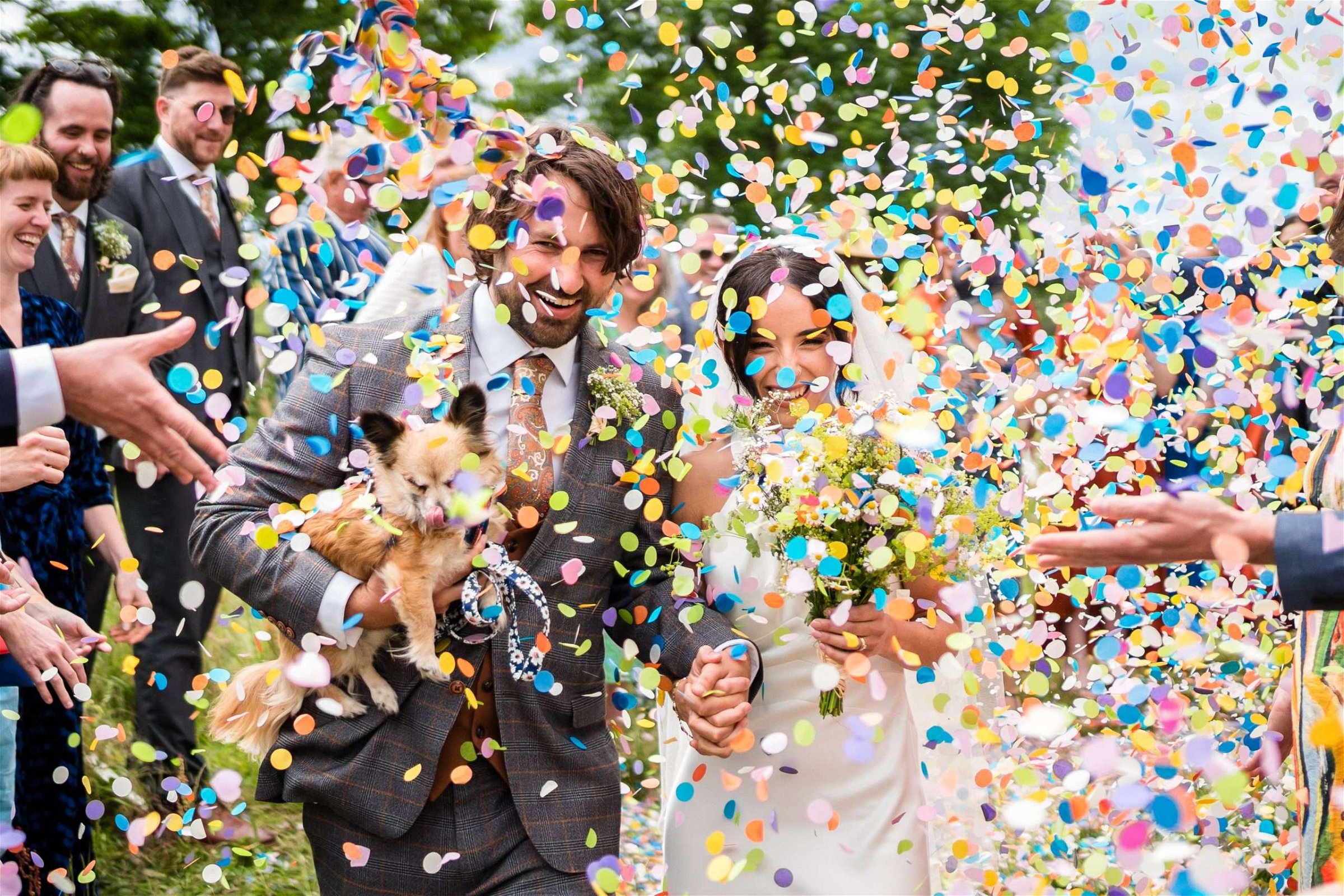
We’ve been thinking from the perspective of a recently engaged couple trying to imagine and plan their wedding. There’s a heap of stuff to consider to arrive at a wedding that suits you both and makes your day feel perfect. A key point will be deciding what type of wedding ceremony you’ll have, because it may influence your other decisions pretty significantly. We often hear from clients who are a bit daunted by the process of planning their wedding. Sometimes an engaged couple may never have been to a wedding even. So, here it is, plain and simple, ‘how do wedding ceremonies work?’.
In short, there are religious, civil or non-legal wedding ceremonies. Don’t worry, we’ll explain each as we go.
If you have a faith and are from a religious background you’ll know already how your faith celebrates weddings. CofE, Catholic, Hindu, Jewish and Islamic faiths all have their own approach and customs.
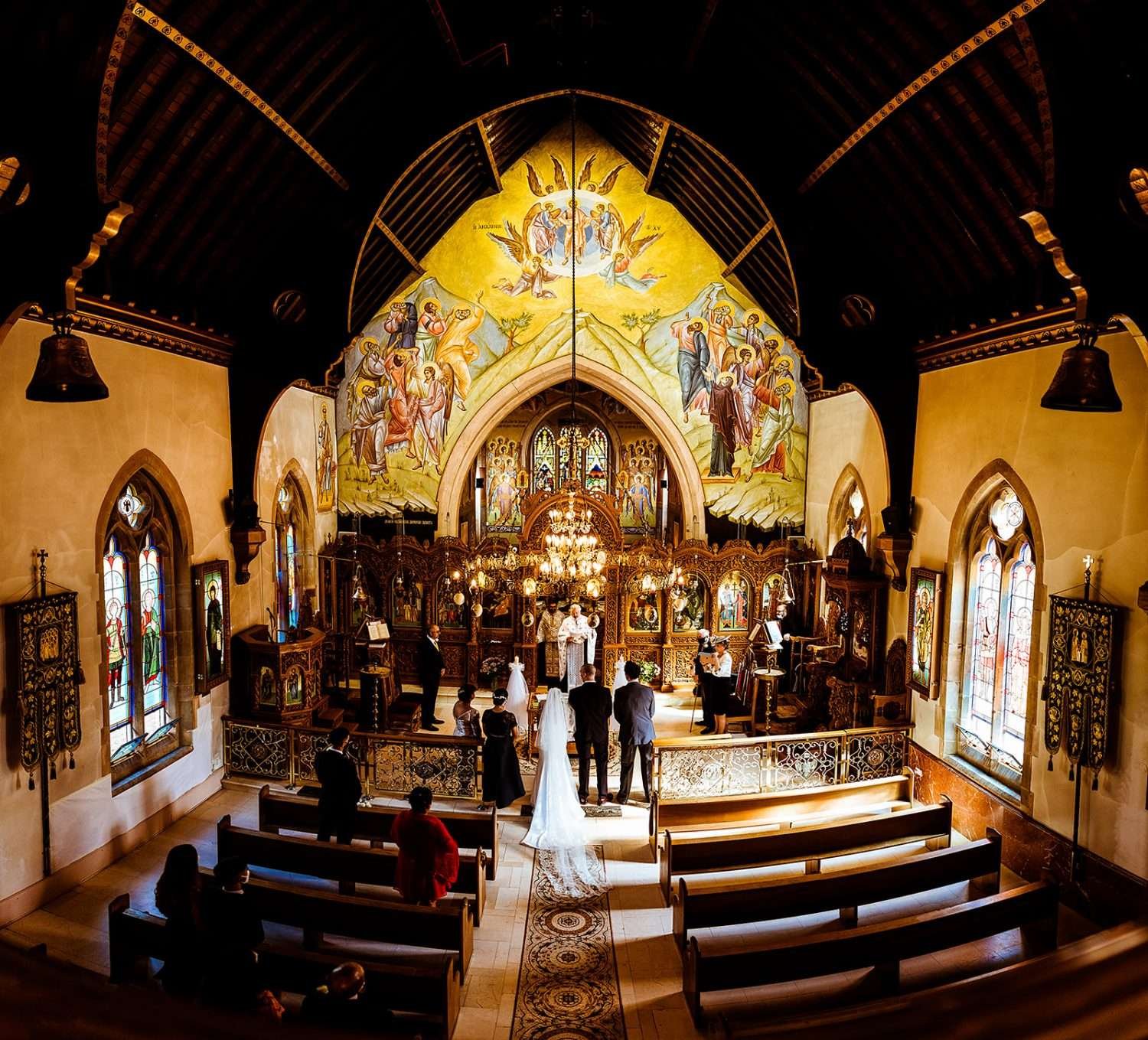
In the UK the couple will meet with a Registrar either at the Registry Office or at an approved venue to be officially married. Find your local office here.
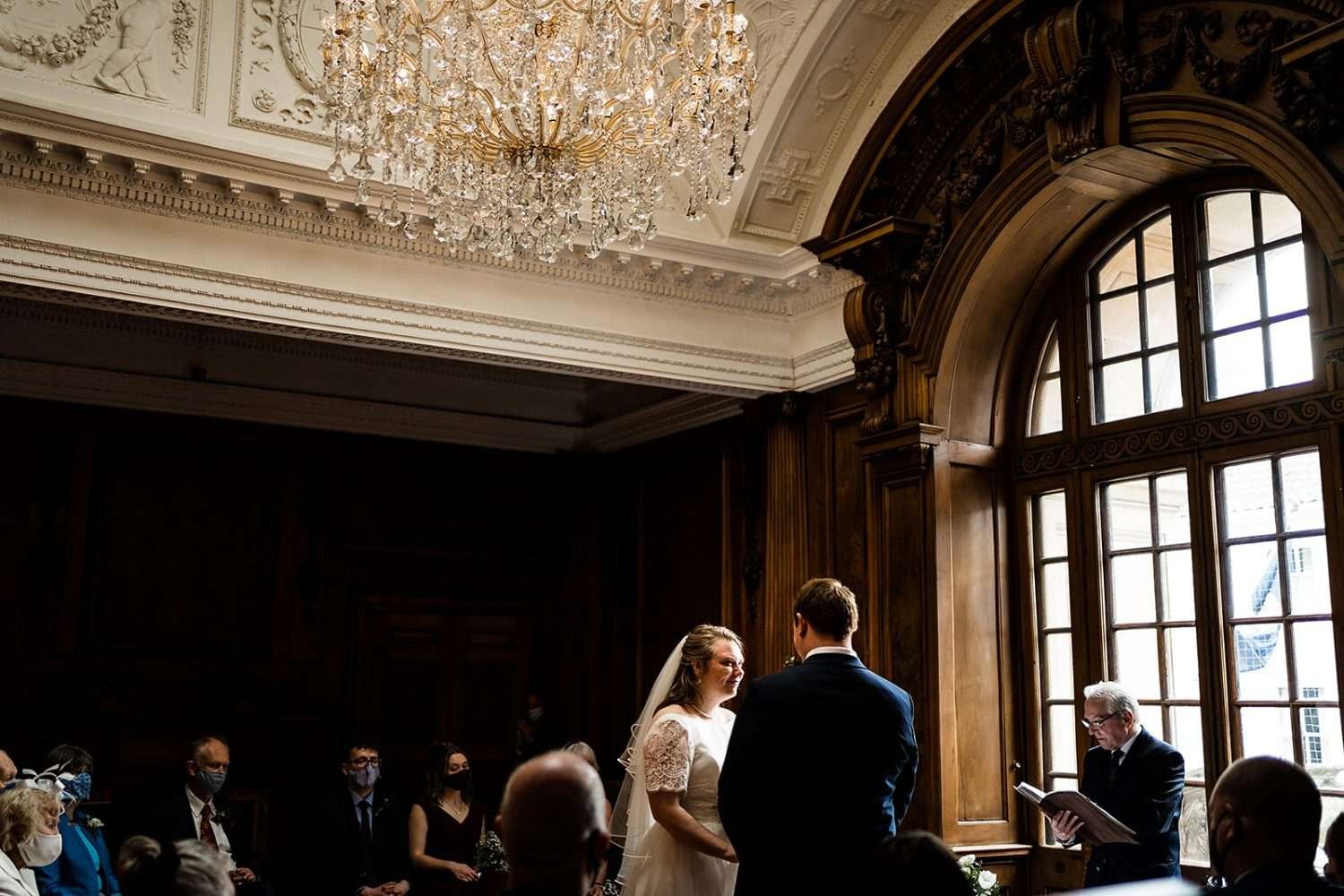
These are weddings conducted by celebrants or as an interfaith blessing, Humanist or even family members. Pagan handfasting in England is still a non-legal wedding ceremony however it’s under review by the government and is already legal in forward thinking Scotland. Here’s one of our favourite celebrants.
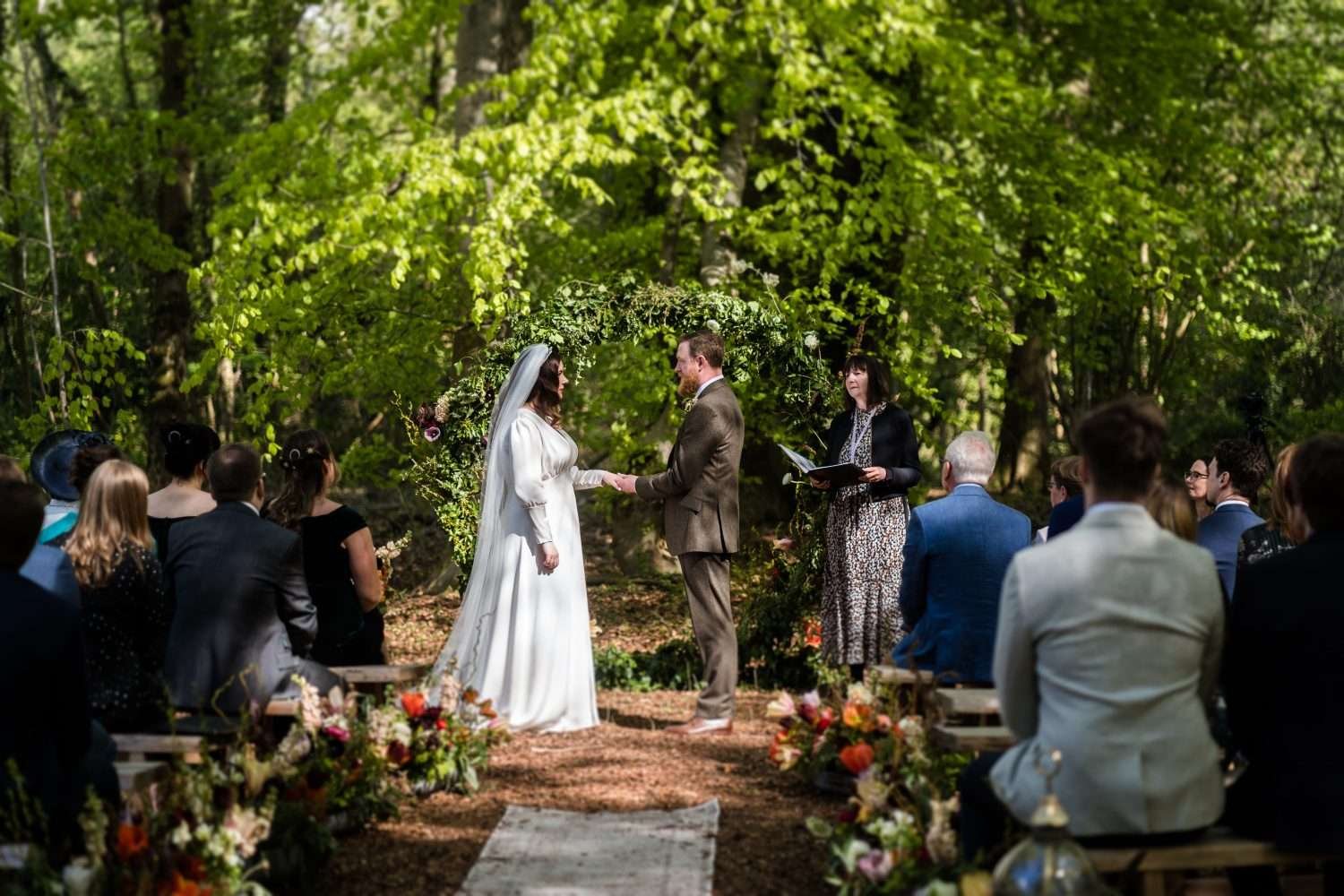
Despite all the differences between the wedding types above and the religious and cultural flavours, there’s still a natural order to how wedding ceremonies unfold. Here it is to give you a framework for your special day maybe?
UK tradition is for the Bride to arrive after the Groom and often accompanied by her Dad who will ‘give her away’. If that’s a tradition you value, enjoy! We often see both parents walk their Daughter or Son down the aisle, or friends or even just the Bride herself. There’s no good reason why you both can’t walk in together. Have it your way, it’ll still be a cool moment.
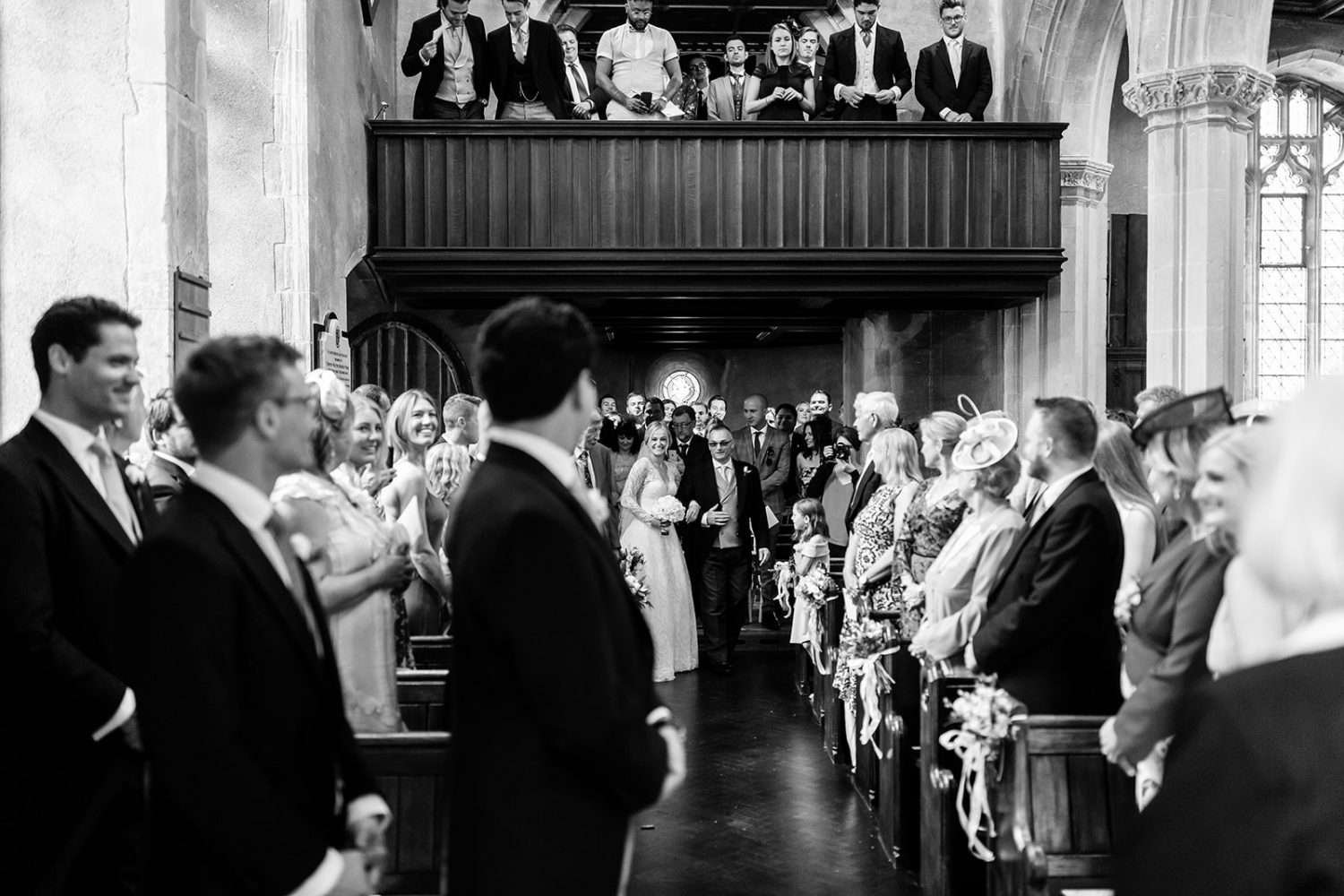
The Vicar or registrar or celebrant (we’re going to use ‘celebrant’ from this point to save waffling) will set the scene. They’ll explain what’s happening and sometimes do a little ‘housekeeping’ chat to settle everyone in to the ceremony.

The celebrant will describe who the folks are getting married and what the concept of marriage is about. This stuff seems matter of fact but it’s important legally and morally to ensure we all know who these folks are and why they are getting married, also how that’ll happen. Typically the celebrant will ask if there any objections to the wedding (and no, we’ve never had a mad version of that happen).
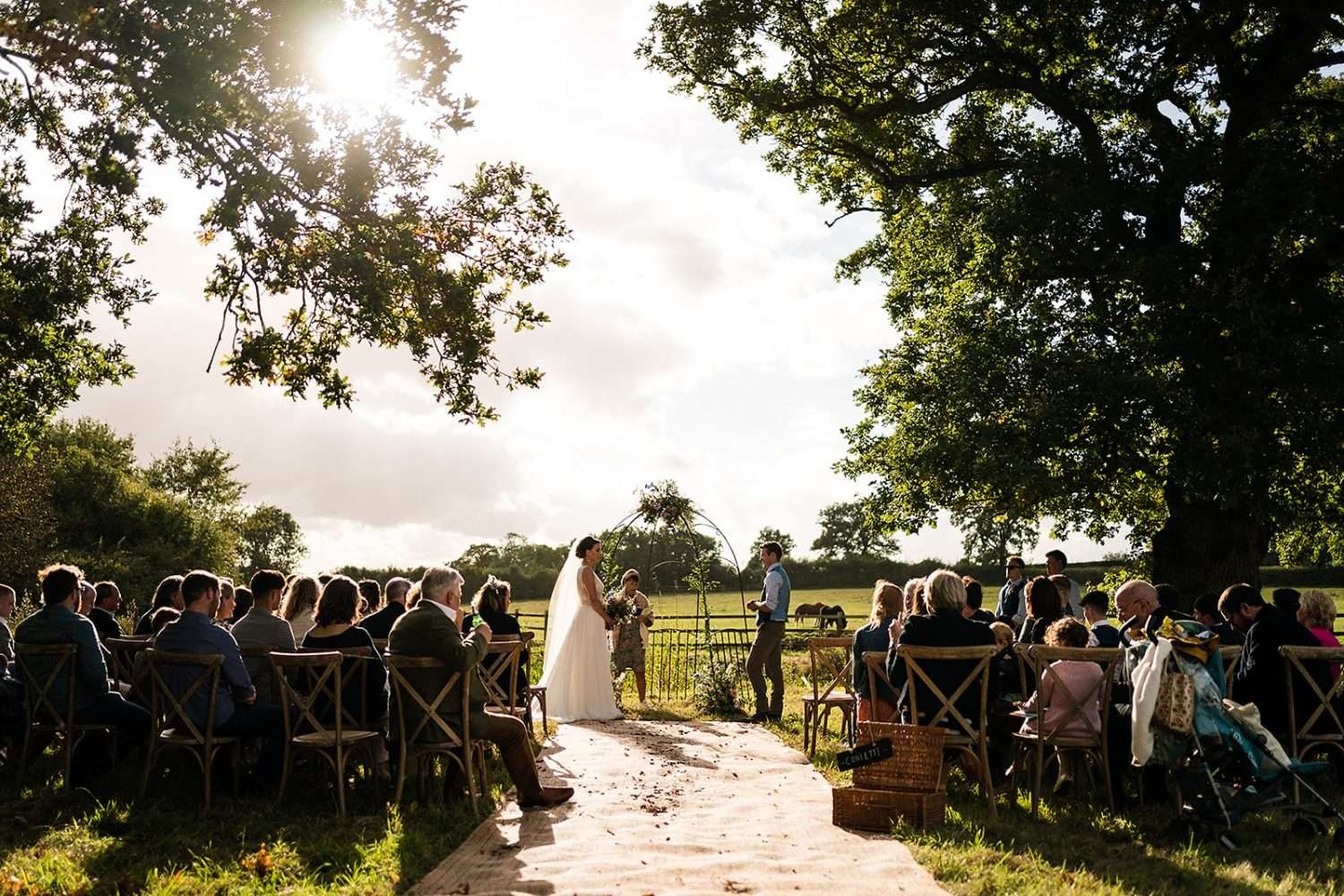
Often religious verses and poems are read out by various folk to the couple. Classics here are ‘St. Paul’s letter to the Corinthians’ and that bit about tree roots from ‘Captain Corelli’s mandolin’ which we reckon is a bit of a copy of the St Paul thing really. If you have a registrar conducted ceremony your readings have to be non-religious (they’re very strict about it). For this, excerpts from Winnie the Pooh seem quite popular.

Taking vows is about making promises to each other about the marriage and how you’ll live and love one another. Sometimes these vows are determined by the ceremony type (usual with religious ceremonies) or written by the couple themselves and can be really freeform and touching.

We’re pretty sure a wedding ring is common to most forms of wedding. It’s something the couple will decide on together based on their tastes. We’ve seen the lot from big sparkly Diamonds to Haribo, top jewellers to handmade. The kiss is a lovely moment but if you’re a bit awkward about PDA’s do a quickie and a big hug instead!

Signing the marriage register is a key part of a registry office ceremony and also in CofE settings where the church will have its own register. Often other religions and celebrant type ceremonies will additionally need a Registrar to witness the ceremony and sign off following it’s completion. We’ve seen that in Roman Catholic church with the religious ceremony followed up by a registrar doing the paperwork. In terms of ‘how do wedding ceremonies work?’ having a signed wedding certificate is key to the legalities if not the emotions of the day.
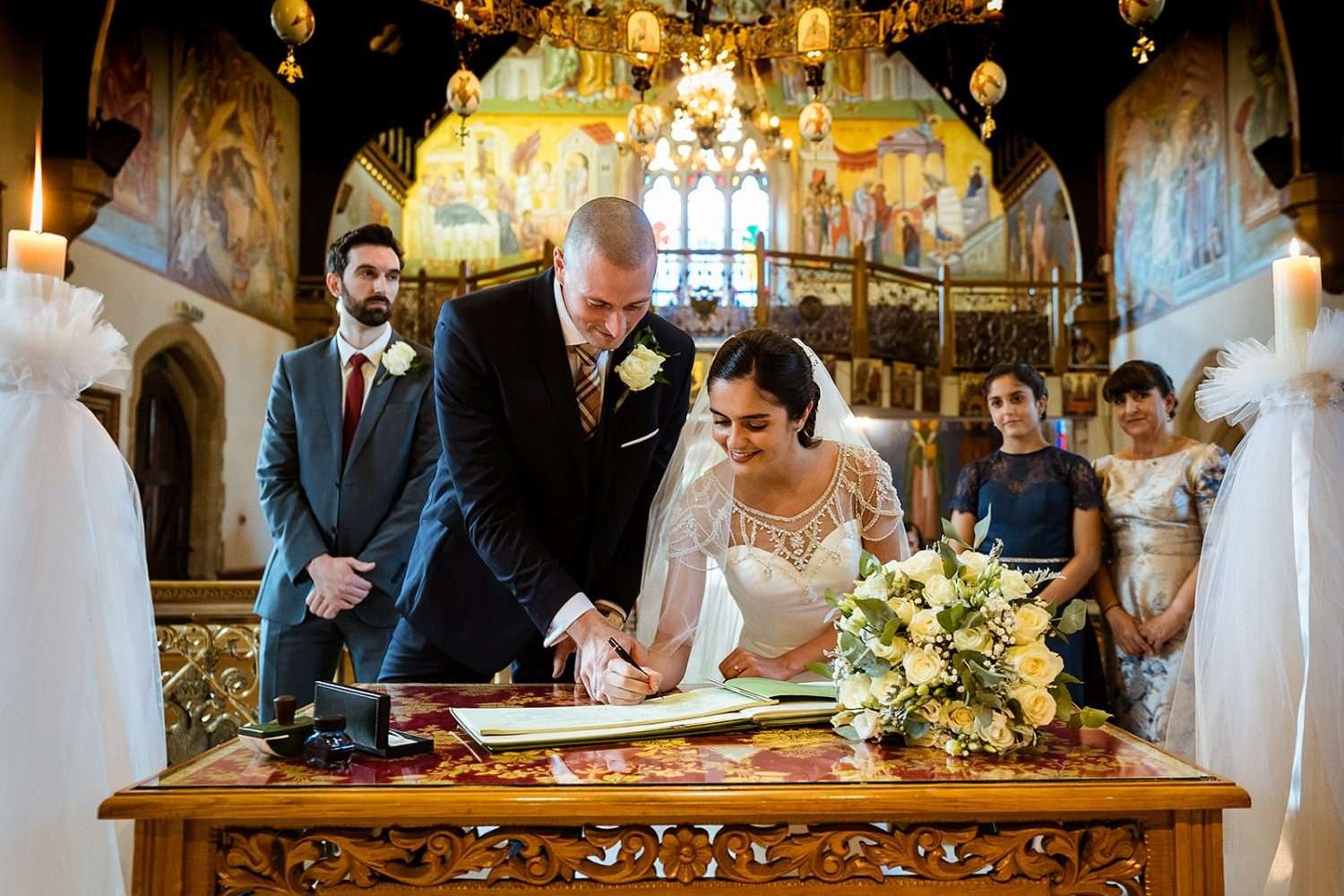
So now you’re married you wander off holding hands or linking arms through all your family and guests on your way to grabbing drinks and nibbles during at your reception and also some congratulatory hugging. There’s almost always some music playing and usually lots of applause and happy faces.
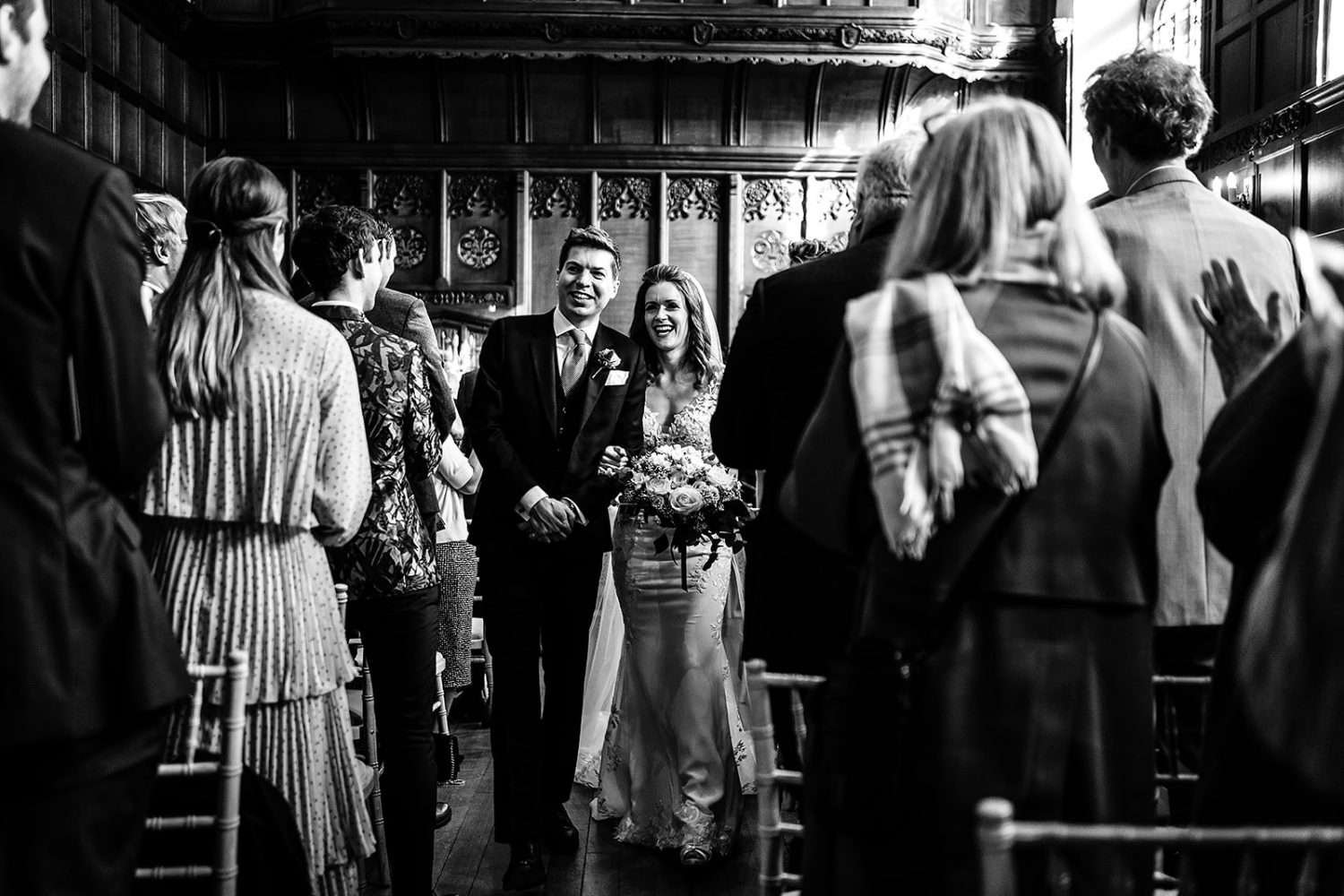
We’ve got to put it out there, a wedding ceremony finish without confetti feels wrong to us. It’s absolutely fine to use bubbles or petals but guests need to throw something at the couple, obviously!
It’s fun and a great way to punctuate the day and finish the ceremony process with a grin.

Hopefully we’ve given you a decent idea as to ‘how do wedding ceremonies work?’ If you want something traditional or formal or freeform – it’s all possible! If you’re planning your wedding and haven’t booked a photographer, do give us a shout, we’re wedding experts and have been to around 300 brilliant days. You’ll find other ideas for wedding planning on our blog here. We’d love to hear from you and we’d love to help.
You’ll find other ideas for wedding planning on our blog here.